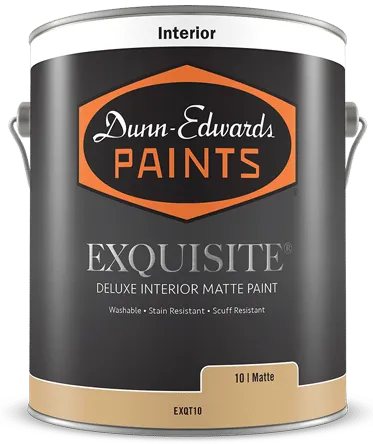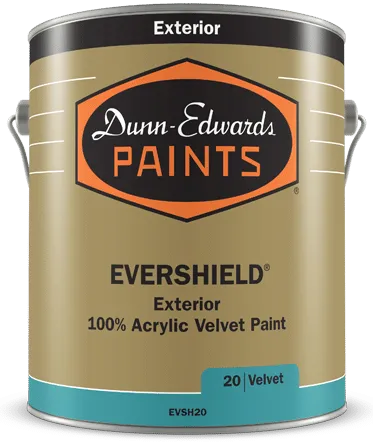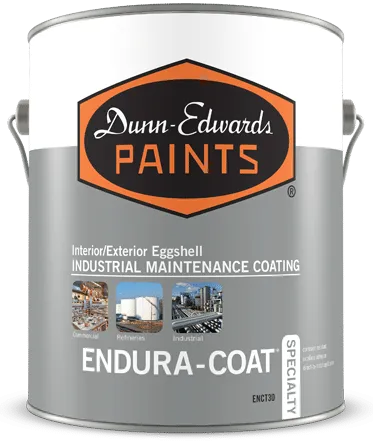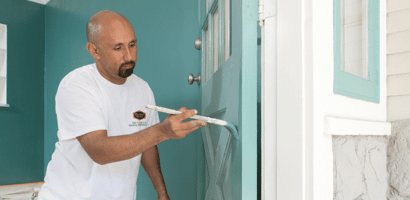Efflorescence
Definition
White deposits (soluble salts) that appear on concrete, brick, block, stucco, mortar and other masonry surfaces when exposed to moisture. In addition to creating an unattractive appearance, deposits can grow and will cause adhesion problems if not properly removed before repainting.

Causes
- Failure to properly prepare the surface by removing all previous salt deposits
- Excess moisture escaping through exterior masonry walls from the inside
- Painting masonry surfaces before they are fully cured
Solutions
- Remove the efflorescence and all other loose material (dirt, unbound sand and deteriorated paint, etc.) with a wire brush, a power brush or power washer; if a wire brush is used, follow by thoroughly rinsing the surface.
- Wash the surface with a solution of one part phosphoric acid to seven parts water (for safety, always add the acid to the water; never add the water to the acid). Citric acid is the safest and easiest to use; however, it is slightly less effective.
- Rinse thoroughly with clean water.
- Allow the surface to dry completely.
- If efflorescence still exists, repeat above steps.
- Seal the surface with a high-quality primer designed to hold back efflorescence.
- Repaint with a premium-quality acrylic finish.
Caution
Phosphoric acid will burn the eyes and skin. Always wear protective clothing, goggles, rubber gloves and boots when acid-washing.
Product Recommendations
Primer
Desired Finish
Recommended Primer
Exterior
Surface
Recommended Product
Please note that these suggestions are provided as a service to you. We are unable to guarantee or be responsible for the results obtained by these procedures. If you have additional questions, ask any of our expert sales associates.






